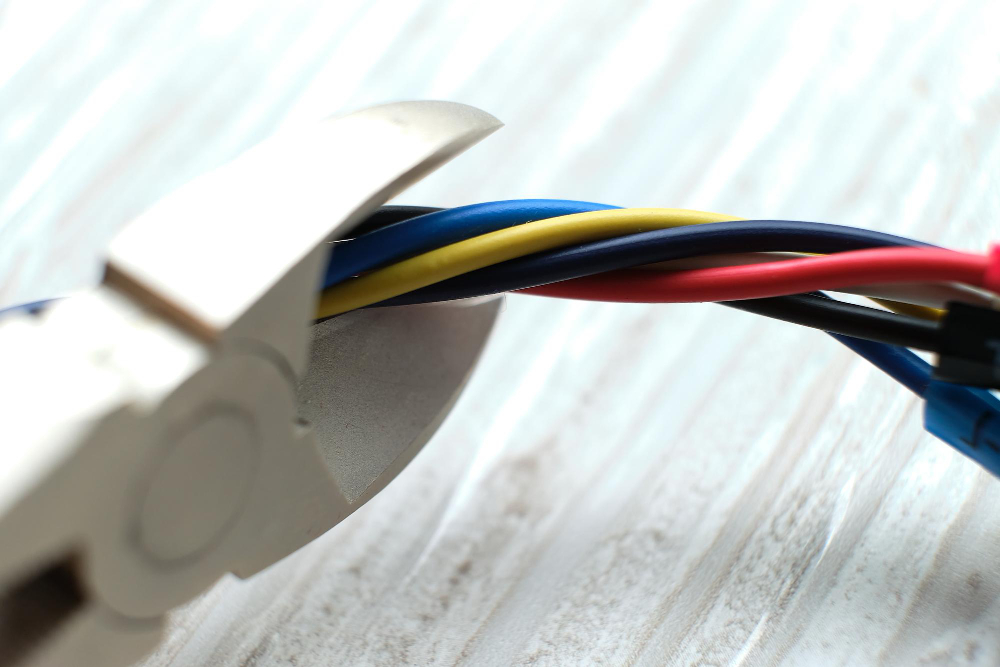Understanding Electrical Wiring Types and Their Benefits

Electrical wiring is an essential aspect of any home or business as it connects the power source to various electrical devices and appliances. Most electrical contractors in Winter Park, FL, emphasize the importance of choosing the right type of wiring for a safe and functional electrical system. However, with the different wiring types available, determining the best option can be overwhelming. In this blog, we will explore the most common electrical wiring types and their benefits to help you make an informed decision.
1. Standard Non-Metallic Cable
Standard non-metallic cables, also known as NM cables, are the most common wiring type in homes and buildings. These cables consist of a plastic outer sheath with multiple wires inside, including hot, neutral, and ground wires. One significant advantage of NM cables is their affordability and ease of installation compared to other wiring types. They are also suitable for most household circuits and are available in various gauge sizes.
2. Armored Cable
Armored cables, also known as BX cables, are similar to NM cables but have a metal sheath around the wires for added protection. The metal layer shields the wires from damage and provides grounding. Armored cables are ideal for areas where the wiring may be exposed to damage or impact. They also provide superior protection against fire and are often used in commercial settings.
3. Wiring in Conduit
Conduit wiring involves running wires through a metal or plastic conduit. This wiring type is suitable for areas where the wires may be exposed to damage or corrosive substances that may affect the insulation. Conduit wiring offers excellent protection against physical damage, and the conduit can be buried underground. However, it can be more challenging and time-consuming to install, and the conduit may require additional accessories.
4. Knob and Tube Wiring
Knob and tube wiring (K&T) was prevalent in homes constructed before the 1940s. This wiring type consists of ceramic tubes and knobs that hold the wires in place and provide some air circulation to prevent overheating. K&T wiring is no longer used in modern construction due to safety concerns. If you have K&T wiring in your home, it's imperative to have it upgraded by a professional electrical contractor for safety reasons.
5. Benefits of Choosing the Right Wiring Type
Choosing the right wiring type for your home or business can offer numerous benefits. For instance, it can improve the safety and dependability of your electrical system, reduce the risk of electrical hazards, and increase energy efficiency. Upgrading your wiring can also reduce the likelihood of your system overloading or short-circuiting, which can lead to costly repairs or replacements.
Conclusion
In conclusion, choosing the right electrical wiring type is crucial for a safe and efficient electrical system. NM cables, armored cables, conduit wiring, and appropriate upgrades from K&T wiring are some of the most common wiring types available. However, it's essential to consult a professional electrical contractor to determine the best option based on your specific needs and preferences. At Spectrum Electric, we provide a wide range of electrical services, including wiring repairs and installations. Contact us today to schedule an appointment with our experienced electrical contractors in Winter Park, FL, and enjoy safe and reliable electrical systems.
